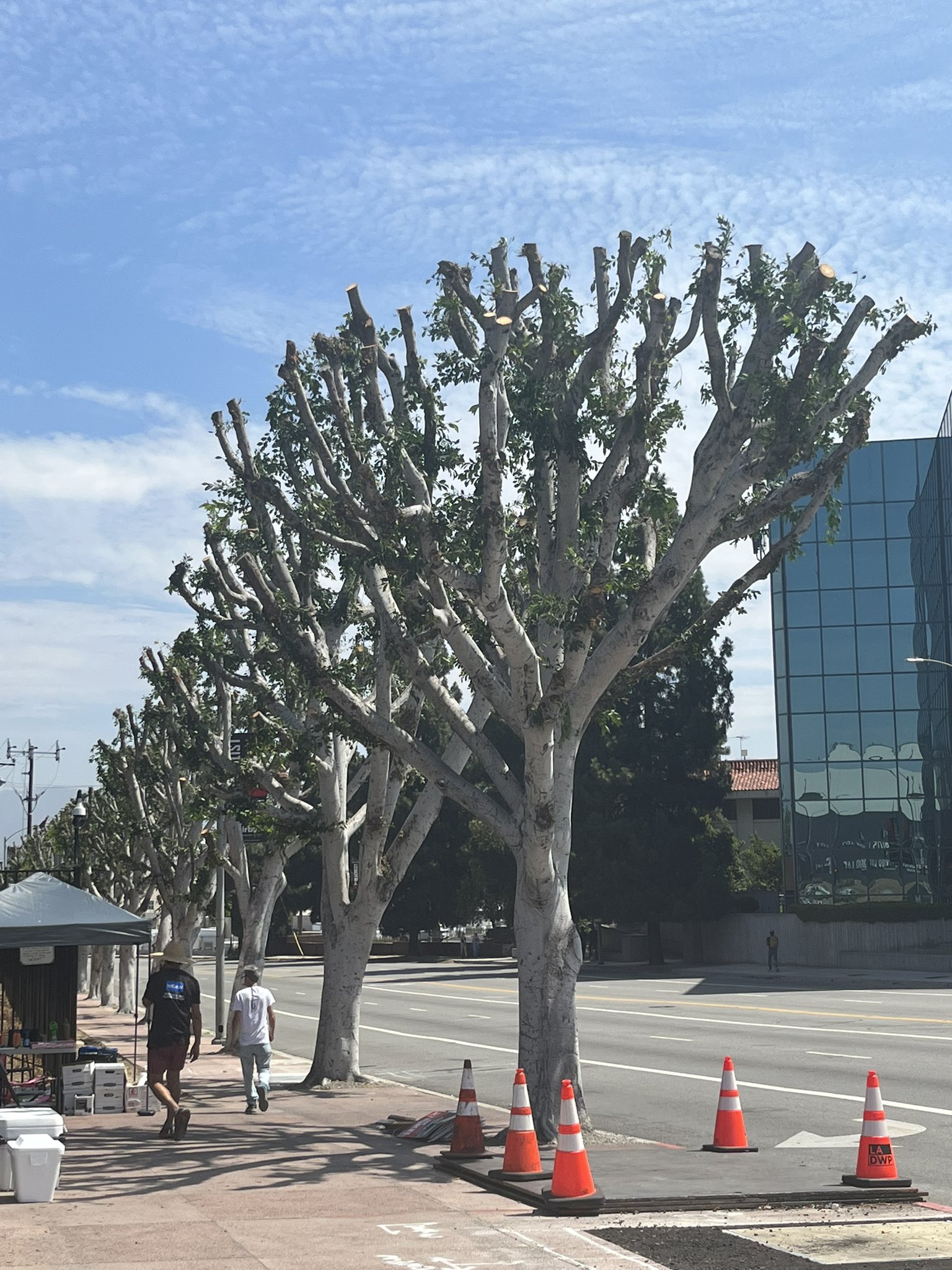Today was for other work, so I’m going to tap in Ze Frank to tell you about the most prestigious of pachyderms: The elephant!
I’ve been fortunate enough to see African elephants in the wild a few times (though I’m not sure I’ll do so again), and it was really neat! I also had the more somber experience of seeing a dead elephant, attended by an army of vultures, with what appeared to be mourners standing a little way off. They’re fascinating creatures, and I really hope that we can, somehow, help them avoid the extinction we’ve pushed them towards.

